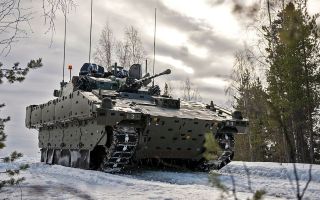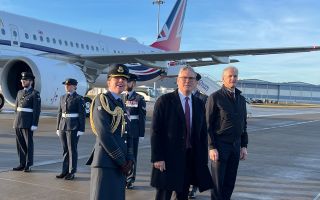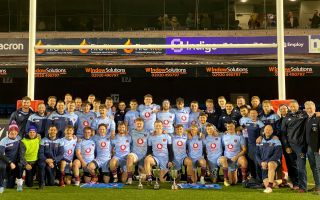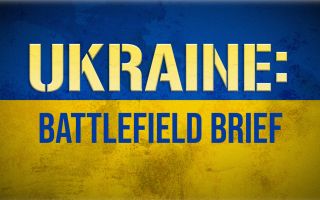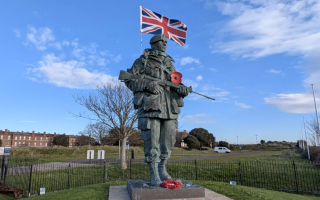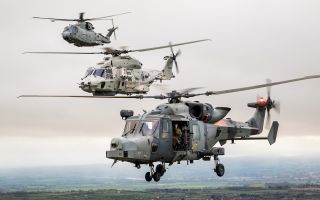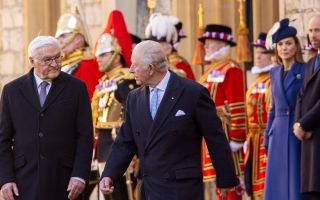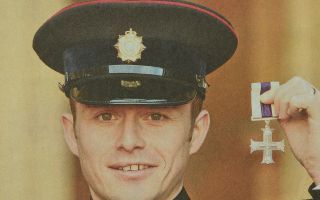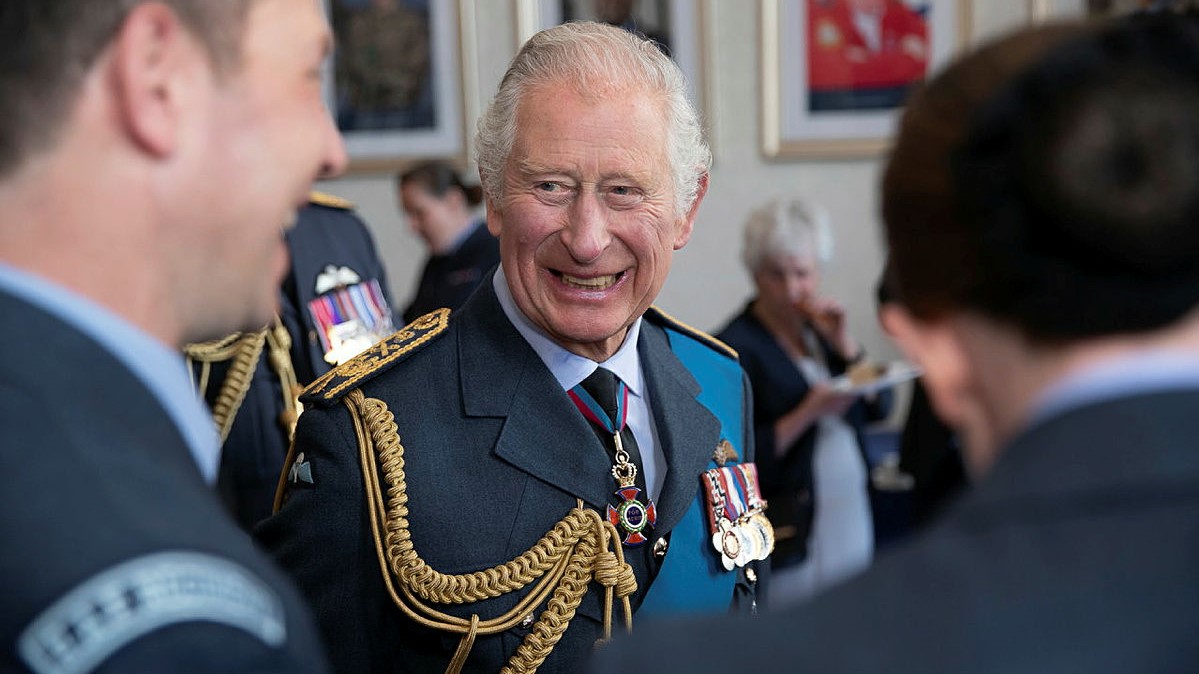
Buckingham Palace reveals further details of Coronation events

Ahead of the Coronation of King Charles III, Buckingham Palace has announced further details of the ceremonial events on 6 May.
Details of the procession carriages and route, the events following the Coronation Service, the Coronation Regalia and the Armed Forces involvement have all been announced.
There is even a new emoji of St Edward's Crown which has been unveiled to mark the Coronation Weekend.
Coronation Day
King Charles and the Queen Consort, on the morning of the 6 May, will travel from Buckingham Palace in The King's Procession to Westminster Abbey in the Diamond Jubilee State Coach.
On the top of the coach will be the gilded crown that was carved from oak from HMS Victory, and the coach's interior is inlaid with samples of wood, metal and other materials from buildings and places with specific connections to Britain - such as the Royal residences and historic ships, including the Mary Rose.
The King's Procession, accompanied by The Sovereign's Escort of the Household Cavalry, will depart Buckingham Palace through the Centre Gate and proceed down The Mall, passing through Admiralty Arch and south of King Charles I Island, down Whitehall and along Parliament Street.
They will then travel around the east and south sides of Parliament Square to Broad Sanctuary to arrive at the Sanctuary of Westminster Abbey, where the Coronation Service will begin at 11 o'clock.
The Coronation Procession will be much larger in scale, taking the same route in reverse.
Included in this procession will be the UK Armed Forces, as well as personnel from across the Commonwealth and British Overseas Territories, alongside The Sovereign's Bodyguard and The Royal Watermen.
Their Majesties will travel in the Gold State Coach, which will be drawn by eight Windsor Grey horses and, due to its weight of four tonnes, will travel at a walking pace.
Upon returning to Buckingham Palace following the Coronation Service, Their Majesties will receive a Royal Salute from the UK and Commonwealth Armed Forces who have paraded.
The Royal Salute will be followed by three cheers from the assembled service personnel, as a tribute from the Armed Forces on parade to The King and The Queen Consort on the day of Their Majesties' Coronation.
The Coronation Regalia
The Coronation Regalia are sacred and secular objects which symbolise the service and responsibilities of the monarch.
They have played a central role in Coronation services for hundreds of years and, in keeping with tradition, will be used at Westminster Abbey.
Two Maces, made of silver gilt over oak, date between 1660 and 1695 and are the ceremonial emblems of authority, carried before the Sovereign at events such as the State Opening of Parliament.
Also carried before the Sovereign on formal occasions is the Sword of State, symbolising Royal authority; a steel blade with a silver-gilt hilt, enclosed in a wooden scabbard which is covered in velvet.
Three further swords will be used during the Coronation Procession; the Sword of Temporal Justice, signifying the Monarch's role as Head of the Armed Forces, the Sword of Spiritual Justice, signifying the Monarch as Defender of the Faith, and the Sword of Mercy or Curtana, which has a blunted tip, symbolising the Sovereign's mercy.
The swords were first used at the Coronation of King Charles I in 1626, and the steel blades date back to the sixteenth century, with early seventeenth-century gilt-iron hilts and wire-bound grips.
The golden St Edward's Staff, with its steel spike, was created by the Crown Jeweller, Robert Vyner, in 1661.
The silver-gilt Coronation Spoon is the oldest object in use at Coronations, having been first recorded in 1349 among St Edward’s Regalia in Westminster Abbey.
The Spurs were made in 1661 for King Charles II, but the use of spurs at Coronations dates back to King Richard I, the Lionheart, and his Coronation in 1189. The gold, leather and velvet Spurs symbolise knighthood, and they were altered in 1820 for King George IV.
The Sword of Offering was made in 1820, and has a steel blade, mounted in gold and set with jewels, which form a rose, a thistle, a shamrock, oak leaves, acorns, and lion’s heads.
The sword is contained in a gold-covered leather scabbard. It was first used at the Coronation of King George IV.
The two Armills are bracelets made from gold, champlevé and basse-taille enamel, lined in velvet, and are thought to relate to ancient symbols of knighthood and military leadership.
The Sovereign's Orb was made from gold in the seventeenth century and is divided into three sections with bands of jewels, for each of the three continents known in the medieval period.
The Sovereign's Ring is composed of a sapphire with a ruby cross set in diamonds. A symbol of kingly dignity, the ring was made for the Coronation of King William IV in 1831, and all Sovereigns from King Edward VII onwards have used it at their Coronations.
The two Sovereign's Sceptres will be used at the Coronation.
The Sovereign's Sceptre with Cross represents the sovereign's temporal power and is associated with good governance. It comprises a gold rod, surmounted by an enamelled heart-shaped structure which holds the Cullinan I diamond.
The sceptre was created for King Charles II, and the Cullinan I was added in 1901. The Sovereign's Sceptre with Dove, traditionally known as 'the Rod of Equity and Mercy', represents the Sovereign's spiritual role, with the enamelled dove with outspread wings representing the Holy Ghost.
St Edward's Crown will be used to crown His Majesty The King, according to tradition. The crown was made for King Charles II in 1661 as a replacement for the medieval crown which had been melted down in 1649.
The Coronation Emoji
A new emoji to mark the Coronation has been unveiled, based on St Edward's Crown.
It will appear on Twitter when any of the following hashtags are used: #Coronation #CoronationConcert #CoronationWeekend #CoronationBigLunch #TheBigHelpOut.


